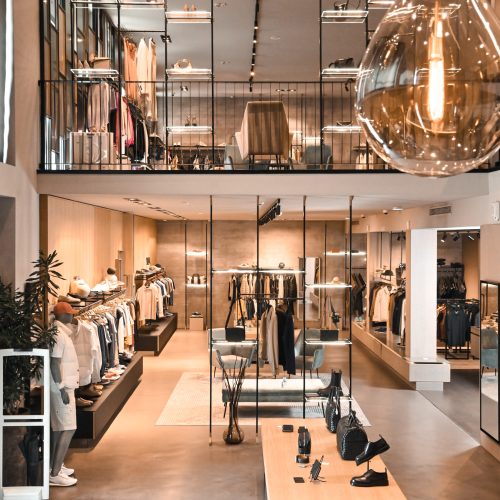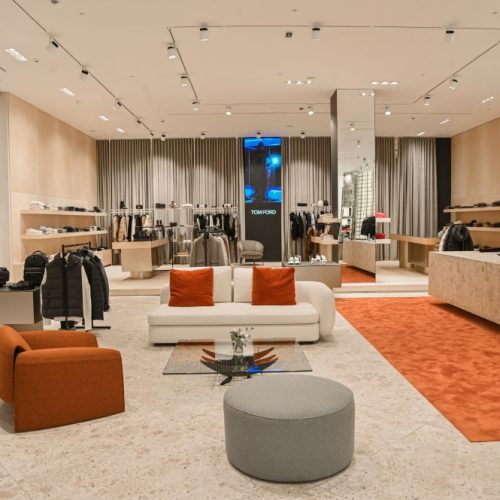In the history of European fashion, the mid-19th century marks the beginning of the era of modern fashion. Paris becomes the world’s fashion center where high fashion houses are established: Worth (1857), Doucet (1880), Redfern (1881), Rouff (1884), Paquin (1891), Calot Soeurs (1896), Lanvin (1909), and others. Parisian high fashion sets the trends that the ready-to-wear industry reproduces, making fashionable products available to broader social classes. In this way, fashion gains an international character and becomes democratized. Additionally, fashion finally gains the status of a fine art, leading to the establishment of renowned fashion designers – visual artists of international renown.
During this period, as an important element in shaping the visual identity of individuals, members of ruling families, and the bourgeoisie, fashion occupies a prominent place in the culture of modern Serbia. The uprisings against the centuries-long Ottoman rule, raised in 1804 and 1815, led to the issuance of two sultan’s hatt-i-sherifs in 1830 and 1833, and the creation of the autonomous Principality of Serbia. After gaining full independence at the Berlin Congress in 1878, the Principality of Serbia was proclaimed a Kingdom in 1882. The significant changes that occurred in the political, social, cultural, and economic spheres were also reflected in fashion.
By the late 19th century, around Knez Mihailova Street and Terazije in Belgrade, a large number of fashionable-galanterie and clothing shops were in operation, including Kosta Nikolić and Drug, Marko Vuletić and Gavrilović, Petar Petrović and Belović, Lazarević and Stojankić, Bradić and Karaulić, Savčić and Nikolić, Braća M. Isković, Kod pariskog šika Adanje and Demaja, Talvi and Mandilović, Natalija Mesaroš, and others. Travel writer Felix Kanitz noted that the best-stocked shops were located on Dubrovačka and Knez Mihailova streets, which were paved with large cobblestones, along with adjacent streets. Women’s and men’s clothing stores, accessories, jewelry, delicatessen shops, etc., attracted curious audiences with their rich displays. Alongside prominently displayed signs, mostly in Serbian and German, and sometimes in French, English, and Russian, popular names were often used, such as ‘Kod Bečlije’ (At the Viennese) or ‘Kičoš’ and others, all above ornate portals.
Advertisements in newspapers provide insights into the rich and diverse offerings of Belgrade’s fashion shops. An important content of the advertisements of that time was the information that the offered goods were imported. Furthermore, contemporary transport and communication means such as printing and railways, as well as the phenomenon of globalization, played a crucial role in the development of modern fashion and strengthening its influence. Belgraders often purchased clothing during their travels abroad, with popular shopping destinations being Paris, Vienna, and Budapest.
To successfully meet the demands of consumers who wanted to align their clothing style as closely as possible with European trends, tailors of women’s and men’s clothing, as well as other artisans in Serbia whose activities were related to the fashion industry, continuously improved their craft. Skilled artisans often traveled abroad, bringing back new ideas, methods, models, and magazines. The British magazine The Pall Mall Magazine reported the presence of Serbian masters who came to Paris in 1902 to see new models and find inspiration. The Orient Express, which arrived in Paris in the first week of March, was named the ‘train of high-fashion tailors’ because its passengers were exclusively the head tailors of prominent houses from Budapest, Belgrade, Sofia, and other cities along the route.
Talented masters, owners of well-equipped salons, employed a large number of workers, and catered exclusively to wealthier clients. For visually representing the economic status of the bourgeoisie, it was essential that certain individuals could afford exclusive clothing, custom-made for them by top-notch masters. Among the esteemed masters in Belgrade were shoemaker Miloš Savić, men’s tailors Marko Petronijević, Života Lazarević, and Trifun Jovanović, as well as women’s tailors Berta Alkalaj and Sofija Švarc.
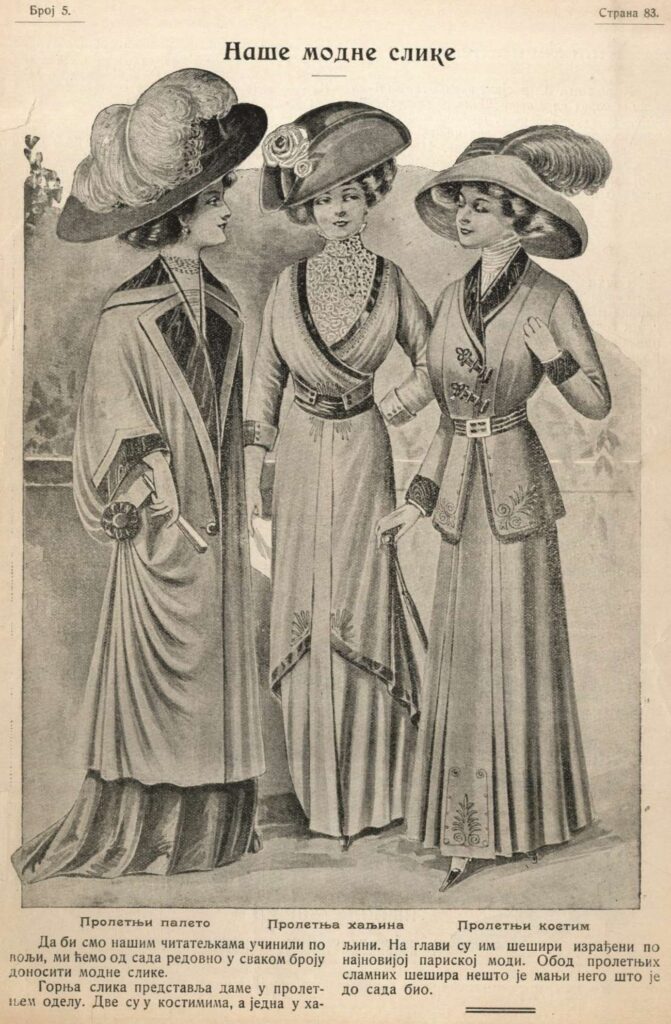
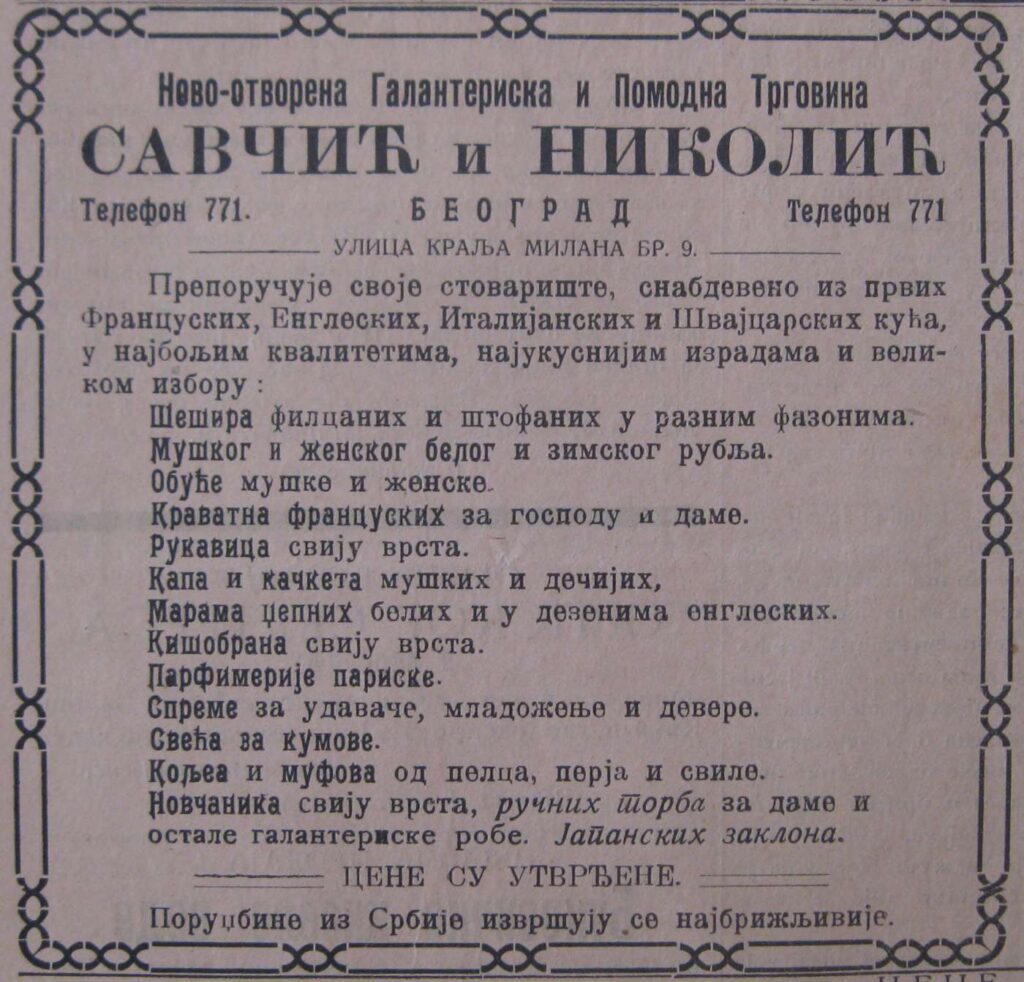

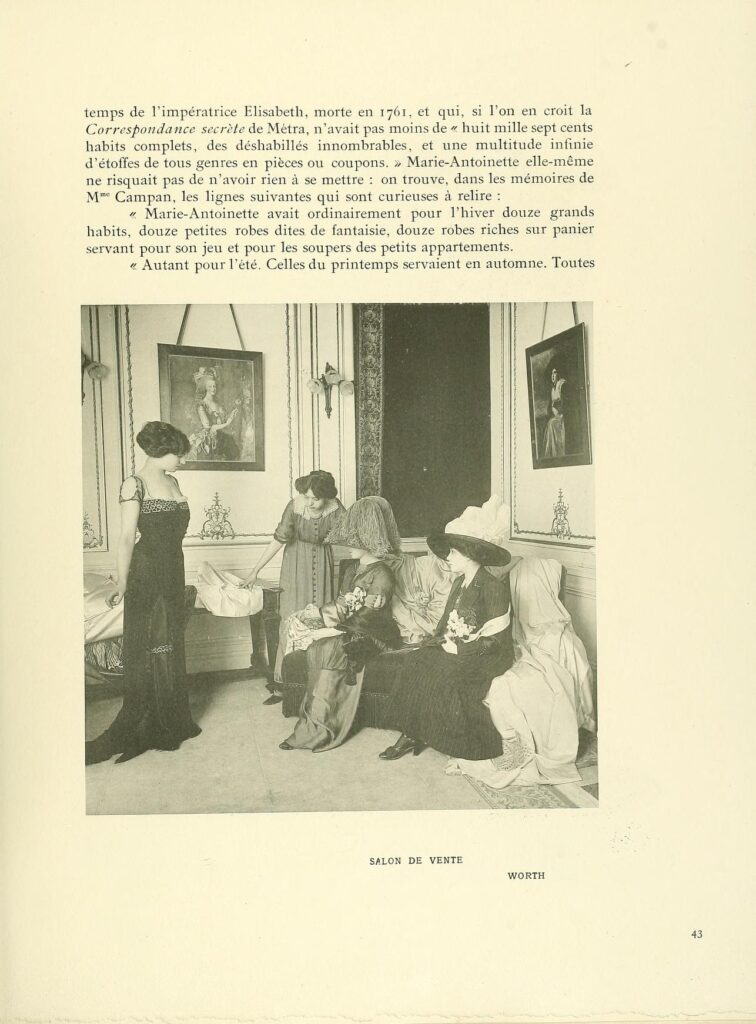
- Salesroom of the fashion house Worth, Paris, 1910, taken from: Roger-Milès, L. (1910),
Les Creatéurs de la Mode, Paris: Ch. Eggimann Éditeur. - Showcase of Natalija Mesaroš’ women’s clothing store, Illustrated overview of Belgrade stores
trade and money institutions, Belgrade, 1914. - Advertisement of the fashion and haberdashery trade Savčić and Nikolić, Moć naroda: list za
politics of Serbian democracy, Belgrade, November 3, 1909. - Fashion illustration, Nedelja: illustrated weekly entertainer, Belgrade, February 7
1910 - Advertisement for the Orient Express train, 1888, photo: Wikimedia archive / public
property

